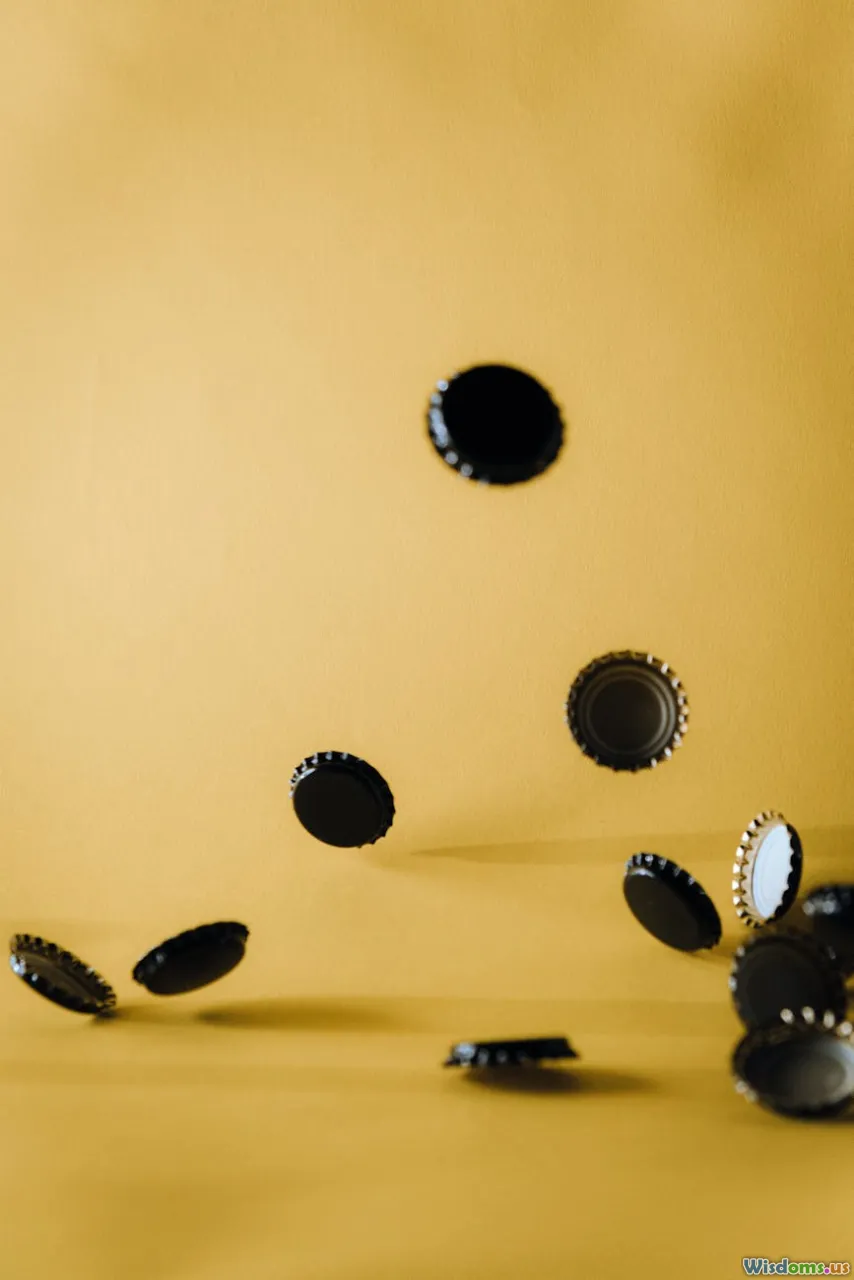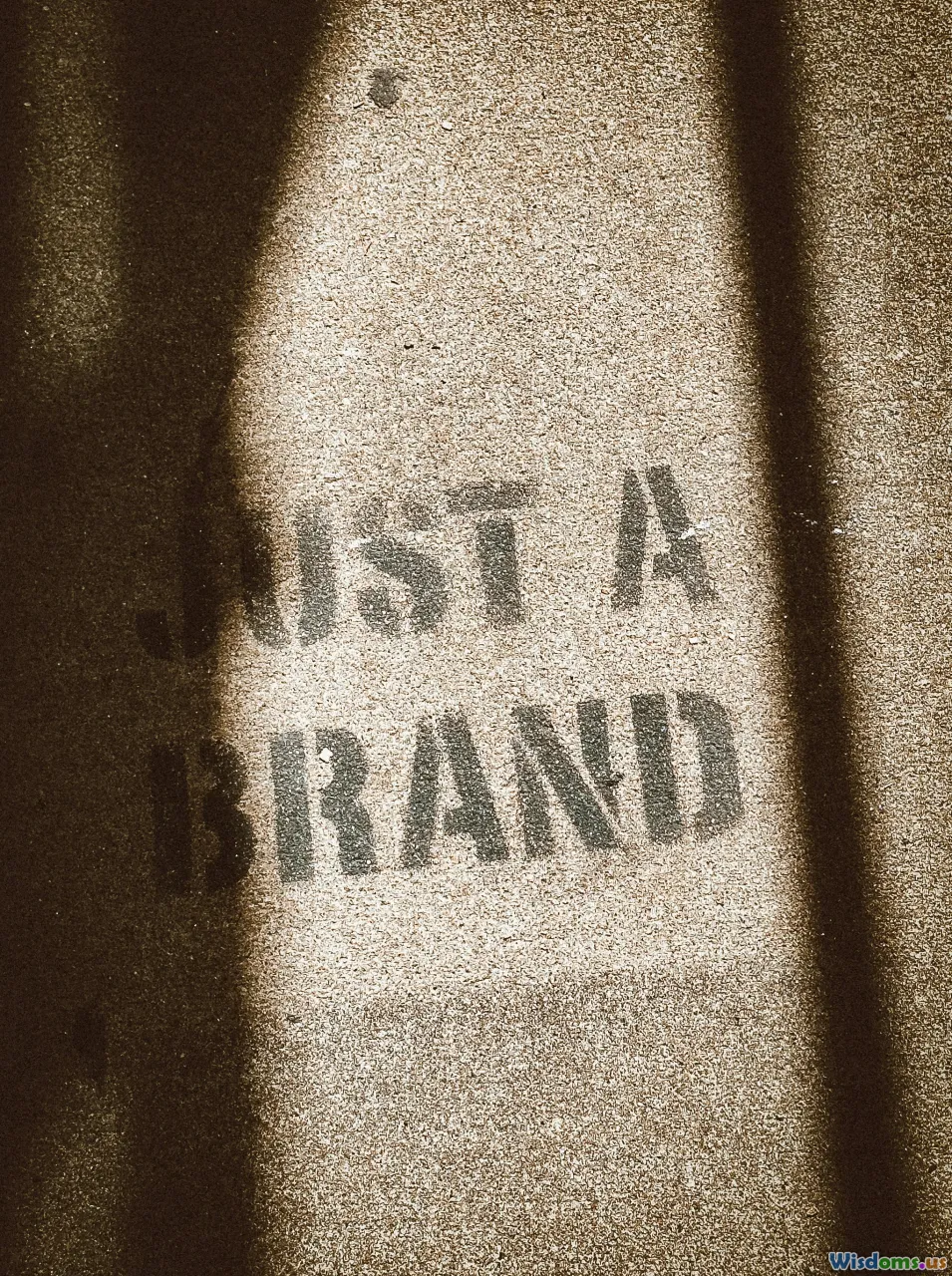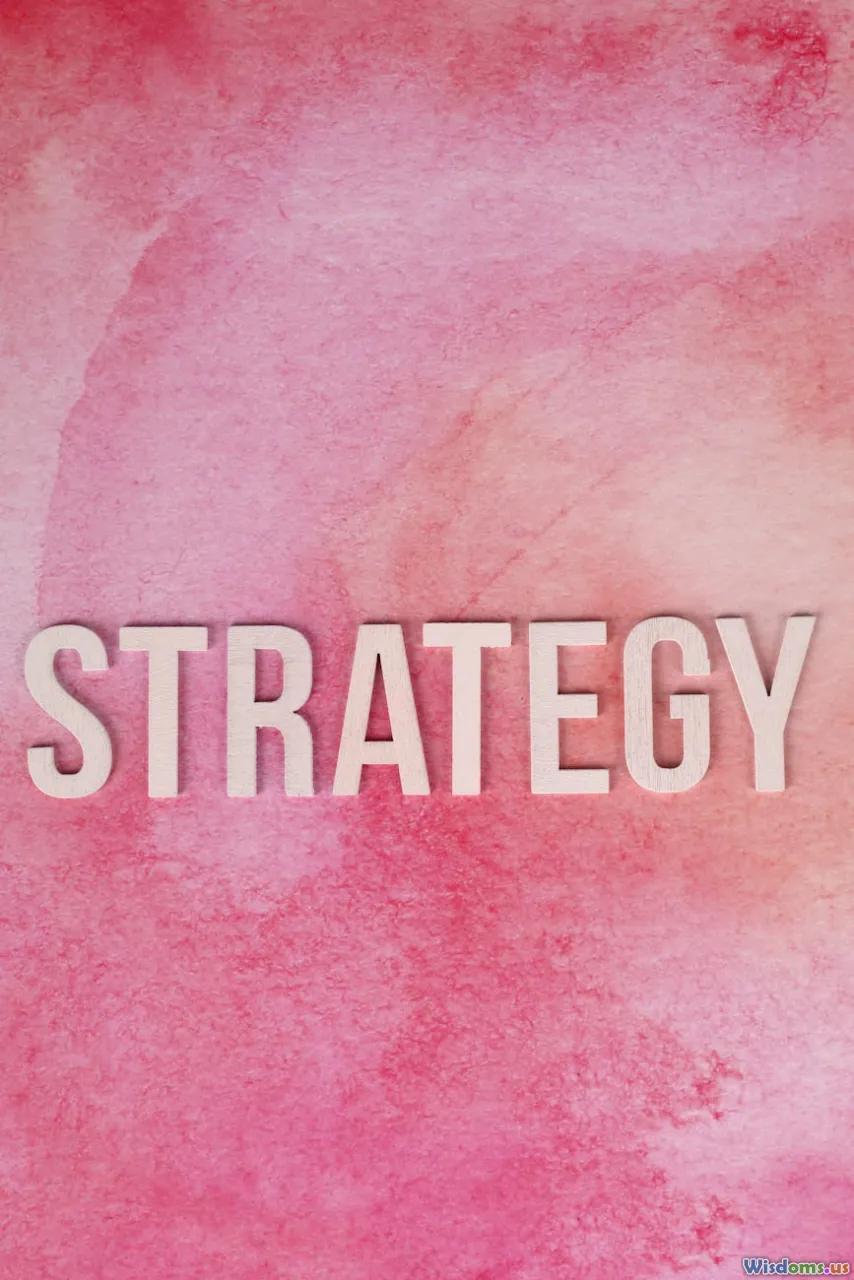
Can Minimalist Product Images Really Increase Store Trust
14 min read Explore if minimalist product images can genuinely boost trust in online stores and impact purchasing decisions. (0 Reviews)
Can Minimalist Product Images Really Increase Store Trust
Picture this: You land on a new online store—what makes you stay, and more importantly, what compels you to trust what you see enough to make a purchase? While loading speeds, layout, and the copy all shape your first impression, nothing is quite as influential as the product imagery. In an ocean of flashy backdrops and visually cluttered galleries, minimalist product images—the kind with just the product, neutrally and sharply displayed—are rising as a psychologically potent tool for winning over customer trust.
But can simple product photos really be the secret ingredient to building online storefront credibility? Let’s explore why minimalism works, where it can backfire, and how to leverage minimal product imagery for maximum trust and conversions.
The Psychology Behind Minimalist Product Images

At its core, minimalism is about removing unnecessary elements to let essential qualities shine. Applied to product photography, this approach uses uncluttered backgrounds, consistent lighting, and sharp, detailed focus on the product itself. But it’s not only an aesthetic preference—it’s psychological.
Studies on visual perception have shown that our brains process cleaner scenes more efficiently. According to a 2014 study in the journal "Cognition," simplicity leads to faster recognition and lower cognitive load. When shoppers scan an e-commerce site and see products displayed simply, the cognitive ease translates to less effort, making the experience more enjoyable and trustworthy.
For instance, Apple’s iconic product pages, where devices float on a pristine white background, evoke a sense of transparency—what you see is what you get. The lack of distractions reassures consumers that the retailer isn’t hiding product flaws or compensating with unnecessary flair.
Minimalist photography removes ambiguity: shoppers can focus on details—texture, color, shape—without being influenced by artificial props or busy environments. American online retailer Everlane made transparency and minimal product showcases central to its brand, helping to build loyal followings in just a few years.
Minimalism Versus Traditional Product Imagery: A Comparison

Traditional product photography often uses elaborate props, dramatic lighting, or lifestyle setups to create context. For example, fashion retailers may show a model wearing clothes on the street or homeware brands photograph candles on a staged mantel. While context helps, it can also distract or even confuse potential buyers about what they’re actually getting.
Comparative points:
- Clarity: Minimalist images cut through the visual noise, making product details instantly apparent. Traditional lifestyle images may obscure the product (think a coffee mug in a crowded breakfast scene), making it hard to discern features like scale, finish, or quality.
- Objectivity: Customers looking for authenticity may distrust heavily staged images or computer-generated backgrounds. Minimalism suggests honesty—if there’s nothing else in the photo, you see just the product.
- Speed: Simple images load faster; site speed plays a significant role in trust and conversion. Google research reveals 53% of mobile users abandon sites that take longer than three seconds to load.
Of course, context isn’t always the enemy—shoppers often request both plain and contextual images. Brands like Warby Parker balance both needs: pristine frames on clean backgrounds for inspection, and contextual shots to show fit.
Case Studies: Minimalism that Adds Credibility

Many brands have built their reputations—and revenue—on the foundation of minimalist imaging. Here are some success stories:
1. Everlane This clothing retailer broke into a competitive market by pairing radical supply chain transparency with ultra-clean product shots. Their absence of heavily styled models and distracting backdrops signal sincerity and generate instant trust.
2. Muji This Japanese brand’s entire ethos is ‘emptiness.’ Muji’s web stores and catalogs show products—stationery, homeware, apparel—against white or muted backdrops, reinforcing both the quality of craftsmanship and honest communication.
3. Rapha Premium cycling gear brand Rapha revamped their website in 2015, opting for thumb-stopping, clean product shots. The move was paired with product zoom and focus on materials, which reportedly led to increased conversion rates and fewer returns as customers received exactly what was depicted.
How to Create Trustworthy Minimalist Product Images

Minimalist doesn't mean careless. There’s a method to creating simple yet compelling product images your customers trust. Here’s a step-by-step approach:
- Use Consistent, High-Quality Lighting: Natural daylight mimics reality and provides a clean, shadow-free result—no harsh contrasts or digital glare. Invest in a soft box or diffuse window light for indoor shoots.
- Opt for Neutral Backdrops: Pure white or light grey backgrounds prevent color casting and keep the shopper’s attention on the product. If possible, use a sweep (curved surface) to avoid visible edges or lines.
- Prioritize Sharp Focus and High Resolution: Crisp photos let shoppers zoom and inspect textures or labels, a key for categories like jewelry, apparel, or electronics.
- Standardize Angles and Composition: Photograph all SKUs from the same set of angles—front, side, back, and detail shots—for consistency and easier browsing.
- Limit (but Don’t Exclude) Contextual Elements: For some verticals, size reference can be helpful (e.g., a coin near jewelry, a hand holding a mug), but keep props simple and non-distracting.
- Edit Thoughtfully: Avoid excessive filters or retouching. Remove dust and blemishes, but don’t misrepresent product texture or color.
A minimalist setup can be inexpensive. Many DTC brands bootstrap their first shoots with foam boards, a DSLR, and a light tent. What matters most is discipline, not a high-end studio.
When Minimalism Is Not Enough—Or May Backfire

While minimal product photography has clear trust advantages, it’s not a panacea for every business or product niche.
- Lack of Context: Some products require a sense of scale or usage—think furniture, fitness gear, or multicomponent gadgets. Overly simplistic photos might leave customers uncertain about how the item fits into their lives.
- Coldness and Sterility: Ultra-minimal images can appear clinical or distant in industries that rely on emotional connection, like baby products or gourmet foods. The absence of context may feel uninviting.
- Competitive Fields: In overcrowded verticals (skincare, supplements), minimalist images might blend in or seem generic unless paired with strong branding elements (distinctive packaging, watermarks, or overlays).
Example:
A direct-to-consumer kitchenware brand launched with sleek white-background shots but quickly saw lower engagement compared to rivals. Feedback showed shoppers wanted to see saucepans in action, with ingredients, to gauge size and practicality.
Solution:
The fix isn’t to abandon minimalism but to augment it. Offer both bare and contextual images in your galleries, or use lifestyle shots as a carousel complement to your minimal assets. Brands like Casper and Floyd do this with their mattresses and furniture, blending minimal product shots with tailored lifestyle photography.
Integrating Minimalism Into Your Brand’s Image Strategy

Smart retailers treat minimalist imagery not as a fad but as a powerful layer in a bigger visual trust strategy. Here’s how to do it right:
1. Align with Brand Values Consider what minimalist images convey and ensure that complements your company's ethos. If your unique selling point is purity, sustainability, or artisanal craftsmanship, a clean visual style feels authentic. Look to Aesop’s consistent minimalism—refined products, no clutter, and elegant typography.
2. Mix with Interactive Elements Allow customers to ‘get closer’ to products through features like 360° rotators, zoom functionality, or click-to-enlarge. This preserves minimalism while offering a tactile, detailed inspection.
3. Think Mobile First Minimal images excel on smaller screens, as details remain legible and compositions uncluttered. Reinforce with retina-quality files and mobile-optimized dimensions for consistent trust on any device.
4. Test and Iterate Continuously A/B test product image styles—minimal only, lifestyle only, and mixed approaches—to discover what inspires the most confidence and best sales in your market.
5. Build Social Proof Through User Imagery Encourage customers to share their own minimalist, unfiltered photos. UGC (user-generated content) aids trust, showing products in real environments and offering third-party validation.
Real-World Tips for Retailers: Making Minimalism Work

Whether you’re a startup or established shop, use these actionable tactics:
- Start Every Listing with a Minimal Master Shot: Your product’s thumbnail should always be the clearest, distraction-free image.
- Supplement with Contextual Gallery Shots: Give shoppers the option to view details or see the product in context. Platforms like Shopify now let you easily reorder image galleries.
- Monitor Metrics Like Returns and Support Queries: Minimalist images reduce uncertainty. Lowered rates of returns or post-purchase questions often signal increased pre-sale trust.
- Ask for Feedback: Use post-purchase surveys to ask shoppers if the product looked as expected. Leverage this to continually refine image standards.
- Create an Image Guideline Document: As you grow, consistency matters. Nail down lighting, angles, editing processes, and file requirements as an internal resource.
Example: Top-performing stores like Glossier and Allbirds found that pairing their unique branding (typeface, accent color, even hand models with painted nails) with spartan product shots created brand recall and trust.
The Bottom Line: Minimalism Is a Trust Catalyst, Not a Magic Wand

Clean, minimal product imagery helps shoppers feel secure—they know what’s being sold, and there’s no clutter hiding crucial details. Psychological research backs up why less is often more, and leading e-commerce brands have proven real-world gains in trust, loyalty, and revenue.
But minimalism must fit within your larger brand and product context. It should be flexible, augmenting your gallery with useful context or real-world usage when necessary. Ultimately, transparency, consistency, and attention to what your specific customer needs will win their trust—and their purchase—more than any one aesthetic alone.
Rate the Post
User Reviews
Other posts in Design for E-commerce
Popular Posts














